The history of brick and the art of brick architecture
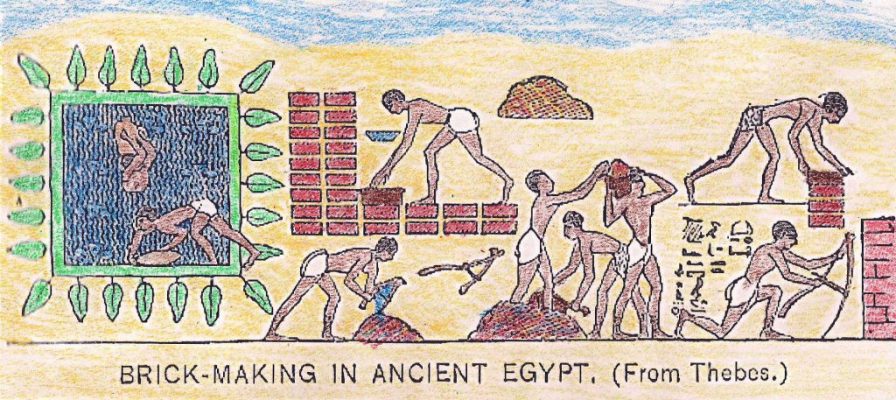
Probably, when you face brick and see the beauty of this original material, you have this question in your mind: in which region and by whom were bricks produced for the first time, or when did mankind think of making bricks from clay? So, to answer these questions, we invite you to read this article; why the history of the origin of bricks has an interesting story.
Humans have been using bricks for construction since ancient times, and their history as one of the building materials dates back to 7000 BC.
The beginning point of brick production started in ancient times. When they realized that after the flood of mud on the banks of the Tigris and Euphrates, sediments were left that had a special adhesion.
These sediments were cracked due to sunlight and evaporation, and finally, due to the loss of water inside them, irregular pieces were formed. Due to the integrity of these pieces, they were used in the construction of mud walls. This layer of soil, which contained a lot of silica, was considered in the production of bricks.
Therefore, brick can be mentioned as the first prefabricated element with mass production, which led to the creation of unique architectural brick works.
Brick production in the past
Early brick units were often made of clay, and straw was used as a binder. Today, the evidences in the ruins of Harappa Bohan and Mohenjo-daro clearly show the type of early bricks.
Also, in the wall paintings of the tomb of Thebes, Egyptian slaves are mixing and carrying clay to make sun-dried bricks.
The brick production process evolved after a while. In this way, they mixed clay and straw by kicking. Then they were poured into rectangular or square molds and placed in front of the sun to dry. The reason for using straw was that it could hold the clay and, as mentioned earlier, it acted as a binder.
The people of Egypt, Babylon, and Assyria in the baking process came to the experience that by firing clay, a brick is obtained that is more resistant compared with drying in front of sunlight and air-dried bricks.
This process continued until improvements were made in this field and bricks were fired in kilns. The invention of baking ovens took place around 3500 BC, and from this time on, bricks obtained without sunlight and in cool weather were also used and became particularly popular.
From the very beginning, the evolution process of brick production and brick architecture took its path in every part of the world. In the following, this issue will be discussed in the rule of the Romans, throughout the European continent, and in the American continent.
Roman`s brick architecture
The Romans used red or white clay to make bricks. They produced their bricks in the spring and sold them after two years of storage. Roman handmade bricks were different from other samples in terms of shape and size, and were made in square, rectangular, circular, and triangle shapes.
In the Roman Empire, brick was used in public and private buildings. In this way, it was used in cultural centers, castles, and arches. The Herculaneum Gate of Pompeii, which you can see in the picture above, can be called a brick structure in Rome.
The period of brick development in Europe
The expansion of the art of brick making throughout Europe is due to the efforts of the Roman Empire in this field and the creation of beautiful works of brick architecture. This situation continued until their fall, until after that, this art almost disappeared and remained only in Italy and the Byzantine Empire.
In the 11th century, this fine art was imported from these regions to France, and in the 12th century from Italy to northern Germany. This gave rise to the Gothic period with red brick buildings. Examples of this style can be seen in the structures of countries such as Denmark, Sweden, Poland, Belarus, and Finland.
In general, during the Renaissance and Baroque periods, the popularity of brick structures decreased, and plaster was added. This process continued until the middle of the 18th century, and after this time, brick walls were again noticed. In the 16th century, the brick architecture of the Renaissance replaced the Gothic brick.
As mentioned earlier, over the years, the art of brickwork spread in most European countries. For example, after the Great Fire of London, most of the city was rebuilt with bricks. Also, the remains of brick buildings from the time of Henry VIII are proof of this.
Brick architecture in American continent
From the past, brick has had many fans in America, and it still has a special place among popular materials. Different types of bricks are used depending on the location and application. For example, the examples of clay bricks mentioned at the beginning of the article have been made and used for centuries in Central America, especially Mexico.
One of the pioneers of using brick in America is Virginia, who built structures with this material from the beginning of 1611. At this time, the use of this material for the facade of commercial buildings was considered. Evidence shows that in 1621, bricks were transported from Virginia to Bermuda to receive food.
It is interesting to know that many American skyscrapers are covered with bricks. For example, about 10 million bricks were used to build the Empire State Building.
The use of machinery in the brick making industry
Until about 1885, bricks were made by hand. But the industrial revolution also created tremendous changes in its production process, and brick-making machines were introduced to the market. The production of bricks using these machines became surprisingly fast. Until 1925, a special industrial machine produced 12,000 bricks in just one day, and this brought many improvements to the brick.
It is also worth mentioning that the most popular color among the variety of colored bricks, especially in the past, is red. The manifestation of this popularity can be seen in the structures of some of the most famous architects of the 20th century, such as Le Corbusier, Louis Khan and Frank Lloyd Wright.
History of brick architecture in Iran
The age of brick architecture in Iran is not known correctly. However, by observing the remains of brick and pottery kilns in Silk and Shush, which date back to the fourth millennium BC, one can understand their approximate age.
Brick in Farsi is Ajur, Ojr, Ojur, Aghr, Agar, and Ugur, which is called Agorum in ancient Persian, Kashti Sur in Kurdish, and Karak in Sistani. Ajar was the Babylonian name for the clay writings on which government decrees and charters were written.
In Iran, brick has always been considered one of the most popular construction materials, and it has a unique place in Iranian architecture. Brickmaking is still popular everywhere in our country, where there is enough soil but little stone, but the difference compared to the past is that its uses have become wider than before.
But the question that arises here is, what are the properties of brick that have made it so popular among Iranian architects and caused the creation of wonderful works?
In answer to this question, it should be said that brick has been able to achieve this popularity due to its special characteristics, which are mentioned below:
- Strength and durability
- Variety in size, color, and design
- Availability of its raw materials and easy production
- Insulation against heat and cold
- Compatibility with other materials such as tiles, stone, and plaster
The use of bricks in different periods of architecture in Iran
In all periods of Iran, the use of bricks has been of interest. For example, during the Sassanid rule, brick making and its uses were very widespread, and the signs of this can be seen in abundance in the buildings that remained from that time, such as fire temples.
During the Seljuq period, brick was used as one of the main materials for building the skeleton of many buildings such as mosques, tomb towers, royal buildings, caravanserais, public buildings, and water reservoirs. In this period, which is the era of the expansion of brick architecture, the combination of tiles and bricks, as well as bricks with embossing patterns and glazed tiles, became common. It was at this time that the art of Iranian architecture went to far places, even to Africa.
If we want to say more generally, the brick-making industry evolved before the Achaemenid era, and during this time, the firing of engraved and embossed glazed bricks and tiles became very popular.
Some of the brick architectural works in Iran
In Iran, with the benefit of bricks, magnificent works have been created, some examples of which are mentioned below:
- Soltanieh dome (the largest brick dome in the world)
- Mehmandoost Tower in Damghan
- Aladdin Tower in Varamin
- The Tower of Babel building
- Fractional arch in Tisphon’s palace
- Qaboos Dome (the tallest brick building in the world)
- Chaghazanbil (related to the Elamite civilization, in the southeast of Dezful)
The levelization of bricks in Iran today
These days, as in the past, the use of bricks is of particular interest, and according to the evidence, brick and terracotta architecture is progressing at a remarkable speed. The use of bricks in interior decoration, flooring, and landscaping is are attractive application that is very visible in today’s Iranian architecture. Fortunately, with this trend, returning to the originality of Iranian architecture and avoiding western facade materials in new structures is a smooth path.
The last word.
If the intention is to write about brick, brick architecture, the use of brick in facade, and its other uses, hundreds of pages of articles are not enough. But in this article, we are satisfied with the general description of the history of bricks. If you are interested in this field, share your views on this article.








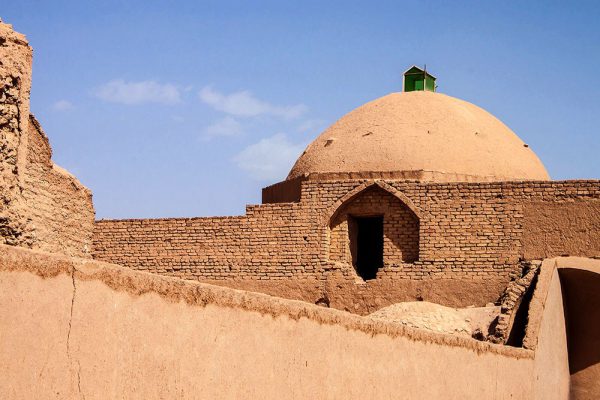


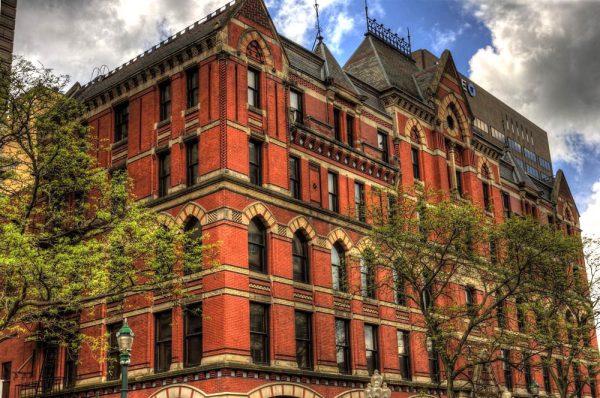
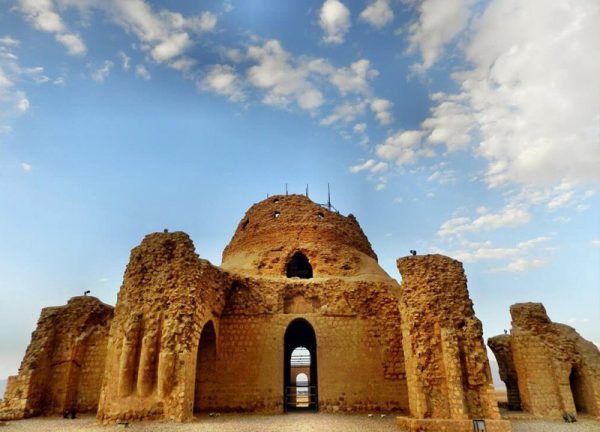
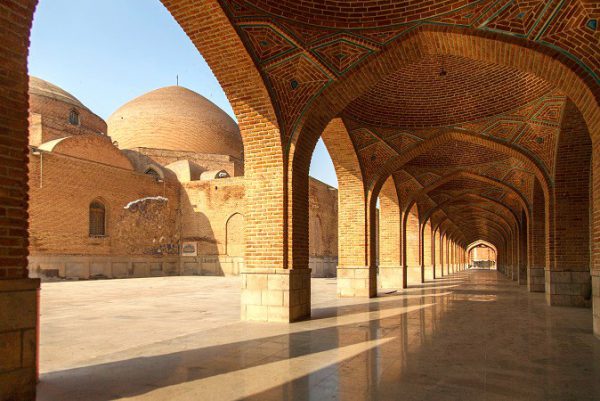
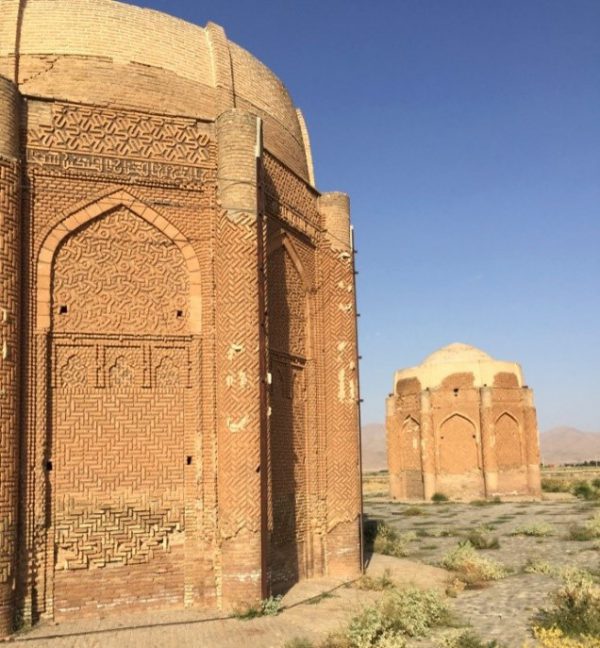
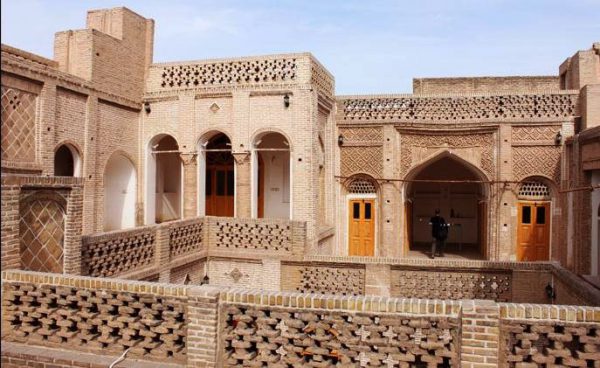
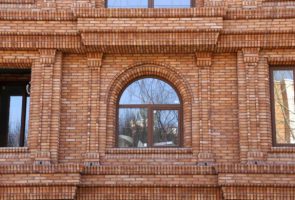
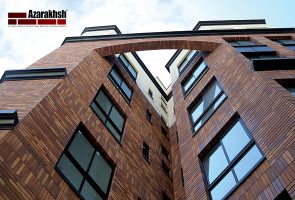

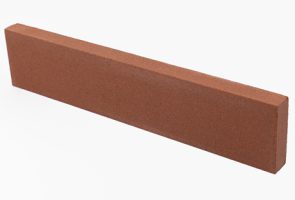

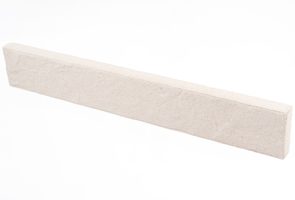

Comments
Your feedback is important to us. Please share comments or ask questions you haven’t found the answer to yet.